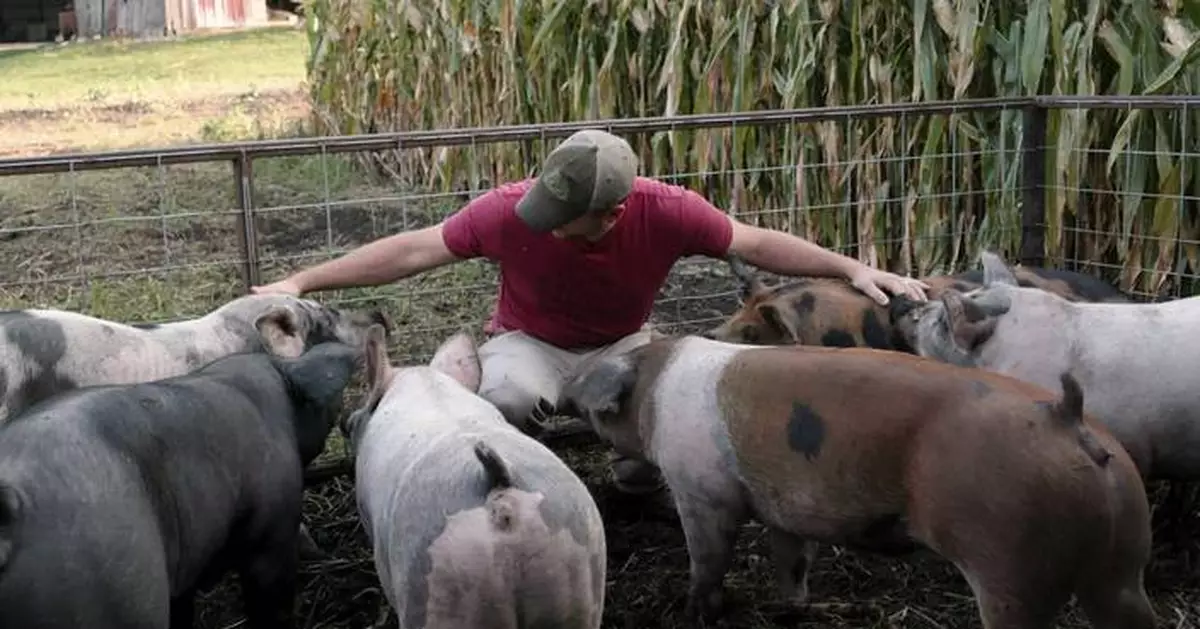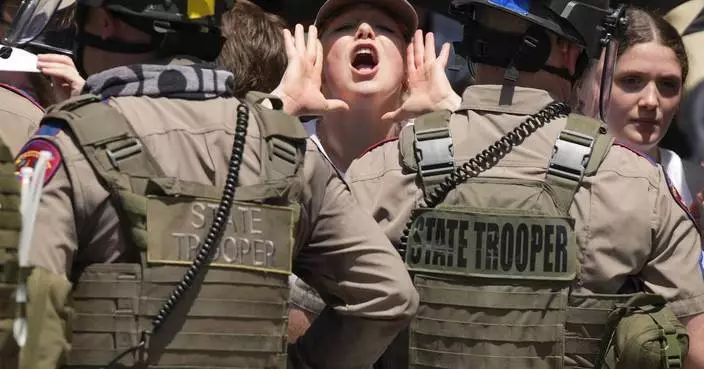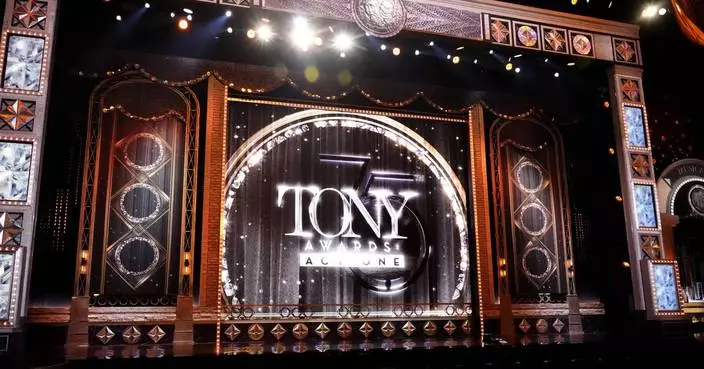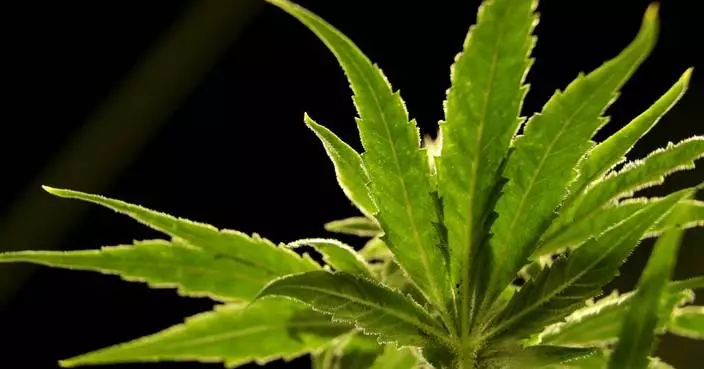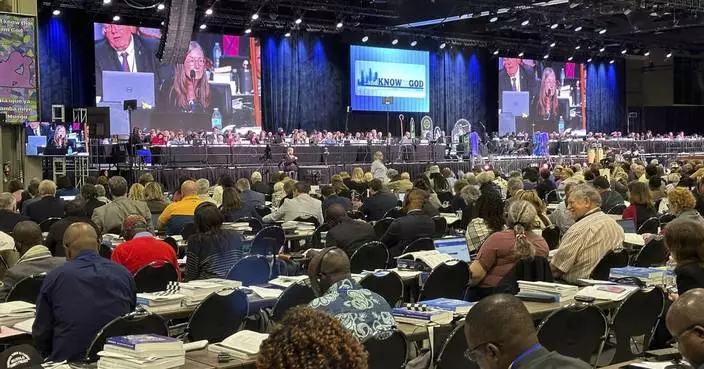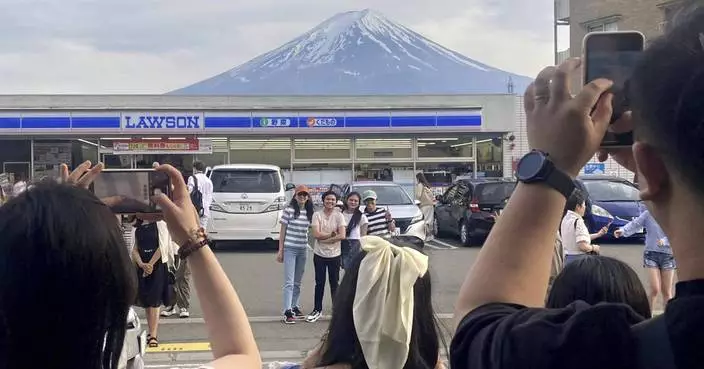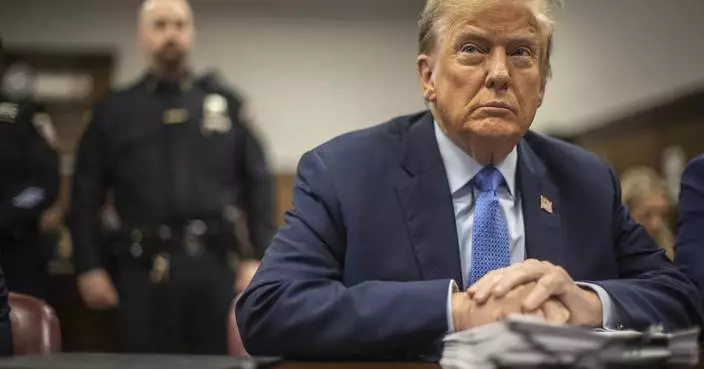The makers of the influential 2008 documentary “Food, Inc.” never planned to make a sequel. They figured they’d said it all in their harrowing look at a broken, unsustainable food system — a system led, they argued, by a few multinational corporations whose monopoly squeezes out local farmers, mistreats animals, workers and the soil itself, and makes all of us less healthy.
But 16 years after that Oscar-nominated film, they’re back with “Food, Inc. 2.” What happened? Well, first of all, the pandemic — an event that both strained our food system and revealed its precariousness, they say.
Also, the filmmakers suggest, it was perhaps naive to assume that informed, ethical shoppers could alone reverse such an entrenched narrative. “You can change the world with every bite,” the first film had argued, urging consumers to buy local and organic, patronize farmer’s markets, demand healthy school lunches and most of all, read labels and understand what they're eating.
Now, much of that is happening. But some problems have worsened, and new ones have emerged. “We really thought we could change the system one bite at a time,” says investigative author and producer Michael Pollan ("The Omnivore's Dilemma"), who's back with frequent commentary along with fellow author/producer Eric Schlosser ("Fast Food Nation"). “As important as that is, it’s not enough."
Directed by Robert Kenner and Melissa Robledo, the new film begins, as did the first, with an inspiring image out of a painting — here, a tractor gliding along a field of crops under a glistening sun. If you’ve seen the original, you'll know such a scene will soon yield to images of unsavory assembly lines, “kill floors” at slaughterhouses, or workers earning pennies in fields.
A lot has happened since 2008. More people are interested in what they're eating and where it's from. Farmer's markets are everywhere, and supermarkets carry organic and GMO-free food, because consumers want it.
But, Pollan reminds us, the industry is still dominated "by a handful of very large and very powerful companies.” In normal times this power is invisible, but when the pandemic hit, the curtain was peeled back, he says. We see images of countless hogs euthanized because they couldn't be processed, and farms disposing of perfectly good milk. At the same time, many supermarket shelves were empty, and people lined up in their cars, hungry. This, the film argues, is what happens when only a few companies are in charge. Some babies don't get their formula, for example.
As with the first film — the style is very much the same — we're taken across the country (and beyond), listening to a stream of voices: organizers, workers, farmers, nutritionists, politicians, entrepreneurs, scientists. (Occasionally we don’t know who's talking for a few seconds, which can be confusing.)
In Immokalee, Florida, lifelong farmworker (and labor leader) Gerardo Reyes Chavez explains how immigrant workers — mostly Latino and Haitians — are both relied upon and mistreated. “The industry wants immigrant workers because they feel they can take advantage of us," he says. If we're eating fruits and vegetables, Schlosser and Pollan tell us, we're part of a chain of exploitation.
With flashy, colorful and user-friendly graphics, the film traces industry consolidation: the few companies who have 70% of the carbonated drinks market, for example, or 80% of the baby food market. Such realities violate the spirit of antitrust legislation, they argue.
We meet people like Wisconsin dairy farmer Sarah Lloyd, whose 450-cow farm feels huge to her, but other farms have 5,000 or 10,000 or 20,000 cows. How can she compete?
Marion Nestle, biologist and nutritionist at New York University, looks back a few decades and marvels at how food has has become something available anytime, anywhere: “You go into a clothing store and there are candy bars at the checkout counter." She especially marvels at the escalating portion size over the years, a thought illustrated by a stack of pancakes that keeps on growing.
A professor in Brazil, Carlos Monteiro, posits that “ultra-processed” foods are a key factor in diabetes. His ideas are borne out by an experiment at the National Institutes of Health that shows people who eat such highly processed foods consume a whopping 500 more calories per day. Mark Schatzker (“The Dorito Effect") talks about artificial flavors and how they trick the body into eating more.
Are there solutions to all this? The filmmakers consider a bunch, approving of some more than others. Everyone's coming up with “plant-based” substitutes (fake chicken wings, honey without bees.) But Pollan worries consumers might think “plant-based” means healthy food — often, it's nothing of the kind. One promising idea: An ocean farmer, Bren Smith, is farming kelp, and a chef is using it in her restaurant.
The most emotional moment concerns Taco Bell, but not the food there. Fran Marion, a Taco Bell worker (and activist) has a tear streaming down her face as she describes the challenge of feeding her children and avoiding living out of her car. She does not get health care or sick leave, she says, and as an adult has never been able to afford seeing a doctor. She speaks of working all day with food and coming home to hear her son's stomach growl.
The film ends where the last one did: with a call to action. “Join us in transforming our food system," it says, providing a website where viewers can get involved. The danger is the same, they say, as it was back in 2008: “Monopoly power is a threat to our freedom.”
“Food, Inc. 2,” a Magnolia Pictures release, is unrated by the Motion Picture Association. Running time: 94 minutes. Three stars out of four.

This image released by Magnolia Pictures shows a scene from the documentary "Food, Inc. 2." (River Road/Participant/Magnolia Pictures via AP)
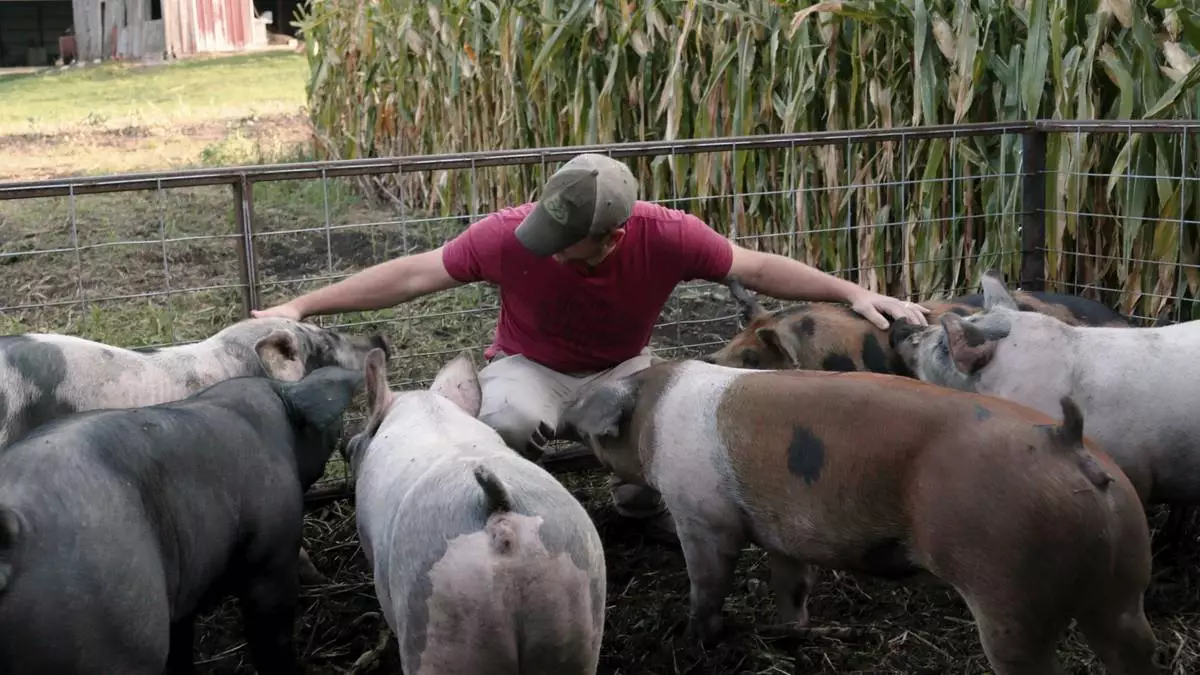
This image released by Magnolia Pictures shows a scene from the documentary "Food, Inc. 2." (River Road/Participant/Magnolia Pictures via AP)
NEW YORK (AP) — Donald Trump was held in contempt of court Tuesday and fined $9,000 for repeatedly violating a gag order that barred him from making public statements about witnesses, jurors and some others connected to his New York hush money case. And if he does it again, the judge warned, he could be jailed.
Prosecutors had alleged 10 violations, but New York Judge Juan M. Merchan found there were nine. Trump stared down at the table in front of him as the judge read the ruling, frowning slightly.
It was a stinging rebuke of the Republican former president’s insistence that he was exercising his free speech rights and a reminder that he’s a criminal defendant subject to the harsh realities of trial procedure. The judge’s suggestion that he may jail the former president signaled that Trump’s already precarious legal standing could further spiral depending on his behavior during the trial.
Merchan wrote that he is “keenly aware of, and protective of,” Trump’s First Amendment rights, “particularly given his candidacy for the office of President of the United States.”
“It is critically important that defendant’s legitimate free speech rights not be curtailed, that he be able to fully campaign for the office which he seeks and that he be able to respond and defend himself against political attacks,” Merchan wrote.
Still, he warned that the court would not tolerate "willful violations of its lawful orders and that if necessary and appropriate under the circumstances, it will impose an incarceratory punishment.”
With that statement, the judge drew nearer the specter of Trump becoming the first former president of the United States behind bars.
Trump is used to having constant access to his social media bullhorn to slam opponents and speak his mind. After he was banned from Twitter following the Jan. 6, 2021, attack on the Capitol, Trump launched his own platform, where his posts wouldn’t be blocked or restricted. And he has long tried to distance himself from controversial messages he’s amplified to his millions of followers by insisting they’re “only retweets.”
But he does have experience with gag orders, which were also imposed in his civil fraud trial. After he was found to have violated those orders, he paid more than $15,000 in fines.
Tuesday's ruling came at the start of the second week of testimony in the historic case, in which Manhattan prosecutors argue Trump and his associates took part in an illegal scheme to influence the 2016 presidential campaign by purchasing and then burying seamy stories. The payouts went to a doorman with a torrid yarn; former Playboy model Karen McDougal, who had accusations of an affair; and to porn performer Stormy Daniels, who alleged a sexual encounter with Trump. He has pleaded not guilty and says the stories are all fake.
Trump was ordered to pay the gag-order fine by the close of business Friday and must remove seven offending posts from his Truth Social account and two from his campaign website by 2:15 p.m. EDT Tuesday. The judge is also weighing other alleged gag-order violations by Trump and will hear arguments Thursday. He also announced that he will halt the trial on May 17 to allow Trump to attend his son Barron's high school graduation.
Of the 10 posts, the one Merchan ruled was not a violation came on April 10, a post referring to witnesses Michael Cohen and Daniels as “sleaze bags." Merchan said Trump’s contention that he was responding to previous posts by Cohen “is sufficient to give” him pause on whether the post was a violation.
Among those he found to be violations, Merchan ruled that a Trump post quoting Fox News host Jesse Watters’ claim that liberal activists were lying to infiltrate the jury “constitutes a clear violation” of the gag order. Merchan noted that the words contained within the quotation marks in Trump’s April 17 post misstated what Watters actually said.
Merchan cautioned that the gag order “not be used as a sword instead of a shield by potential witnesses” and that if people who are protected by the order, like Cohen, continue to attack Trump “it becomes apparent” they don’t need the gag order’s protection.
Cohen, Trump’s former attorney, has said he will refrain from commenting about Trump until after he testifies at the trial. On Tuesday, he said in a text message to The Associated Press: “The imposed fine is irrelevant. Judge Merchan’s decision elucidates that this behavior will not be tolerated and that no one is above the law."
In other developments, testimony resumed Tuesday with Gary Farro, a banker who helped Cohen open accounts, including one that Cohen used to buy Daniels' silence. She alleged a 2006 sexual encounter with Trump, which he denies. Jurors also heard from Keith Davidson, a lawyer who represented McDougal and Daniels in their negotiations with the National Enquirer and Cohen.
Trump is charged with 34 felony counts of falsifying business records in connection with the hush money payments. The detailed evidence on business transactions and bank accounts is setting the stage for testimony from Cohen, who went to federal prison after pleading guilty in 2018 to campaign finance violations and other crimes.
Jurors have also heard from Trump's longtime executive assistant, Rhona Graff, who recounted that she recalled once seeing Daniels at Trump's office suite in Trump Tower and figured she was a potential contestant for one of Trump’s “Apprentice”-brand shows.
Last week, former National Enquirer publisher David Pecker laid out how he agreed to serve as the Trump campaign's “eyes and ears” by helping to squelch unflattering rumors and claims about Trump and women. Pecker described how he paid $180,000 to scoop up and sit on stories.
Trump's attorneys have suggested that he was engaged in an effort to protect his name and his family — not to influence the outcome of the presidential election.
The trial — the first of Trump's four criminal cases to come before a jury — is expected to last for another month or more. And with every moment Trump is in court, he's growing increasingly frustrated while the November election moves ever closer.
For his part, Trump has been campaigning in his off-hours, but he is required to be in court when it is in session, four days a week. Outside the courtroom Tuesday, he again criticized the case.
“This is a case that should have never been brought,” he said.

Former President Donald Trump awaits the start of proceedings at Manhattan criminal court, Tuesday, April 30, 2024, in New York. (Eduardo Munoz/Pool Photo via AP)

Former President Donald Trump awaits the start of proceedings at Manhattan criminal court, Tuesday, April 30, 2024, in New York. (AP Photo/Seth Wenig, Pool)
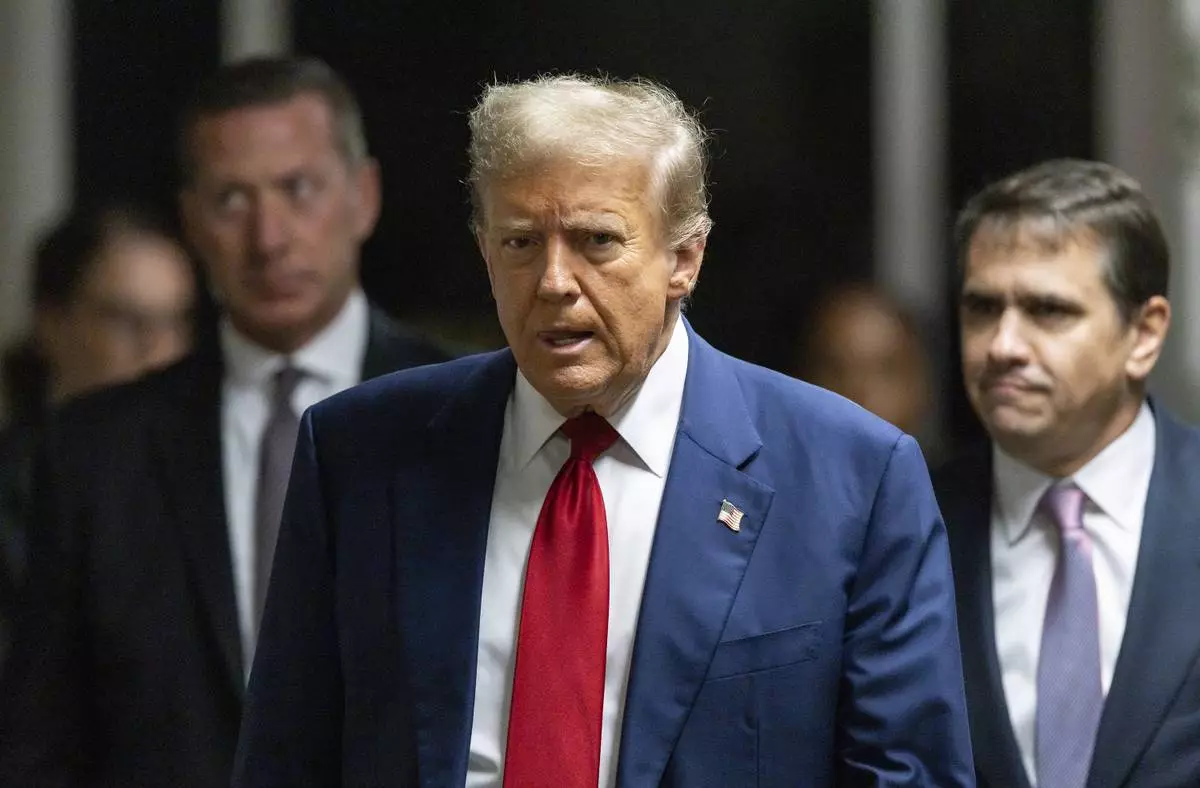
Former President Donald Trump arrives at Manhattan criminal court before his trial in New York, Tuesday, April 30, 2024. (Justin Lane/Pool Photo via AP)
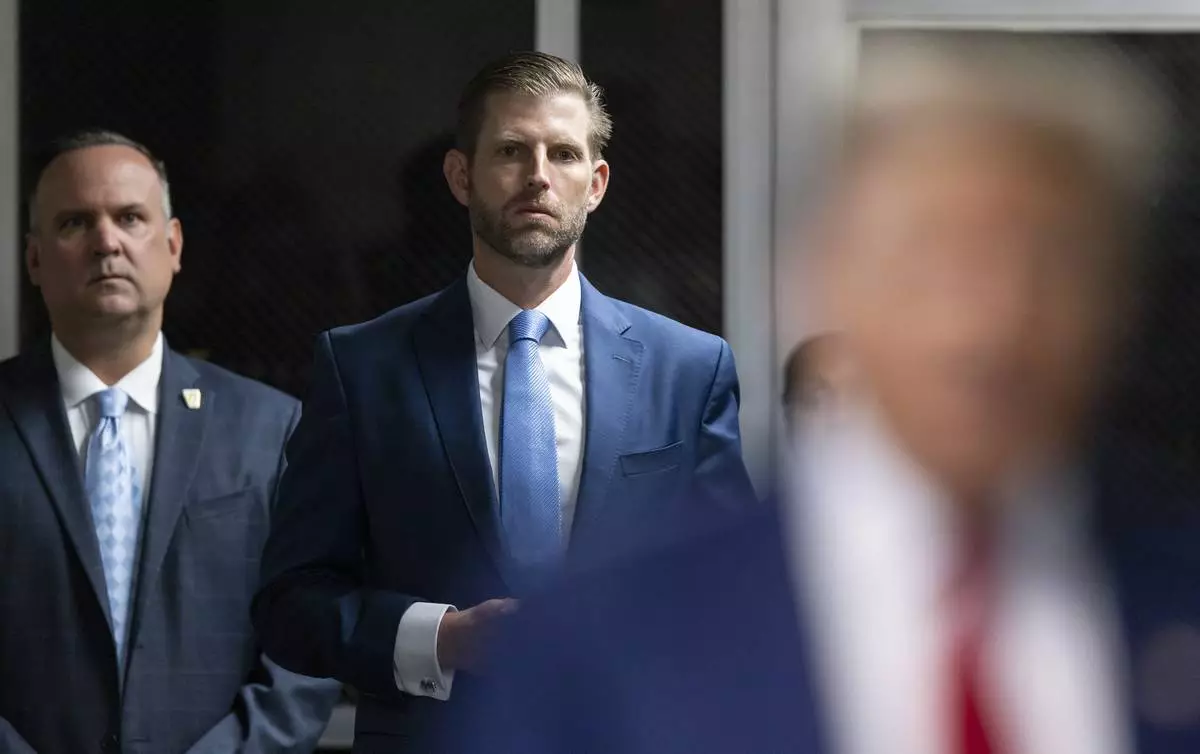
Eric Trump listens as his father, former President Donald Trump, talks with the media outside Manhattan criminal court before his trial in New York, Tuesday, April 30, 2024. (Justin Lane/Pool Photo via AP)
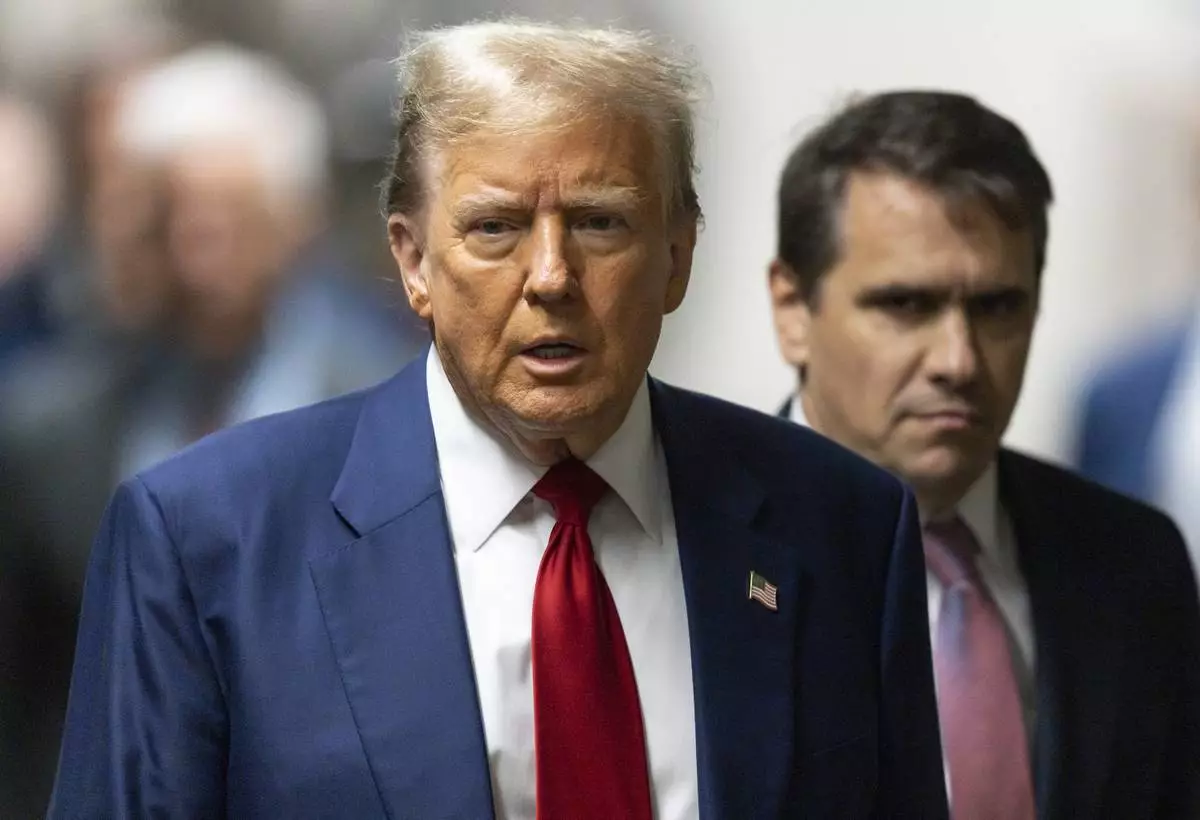
Former President Donald Trump arrives at Manhattan criminal court before his trial in New York, Tuesday, April 30, 2024. (Justin Lane/Pool Photo via AP)
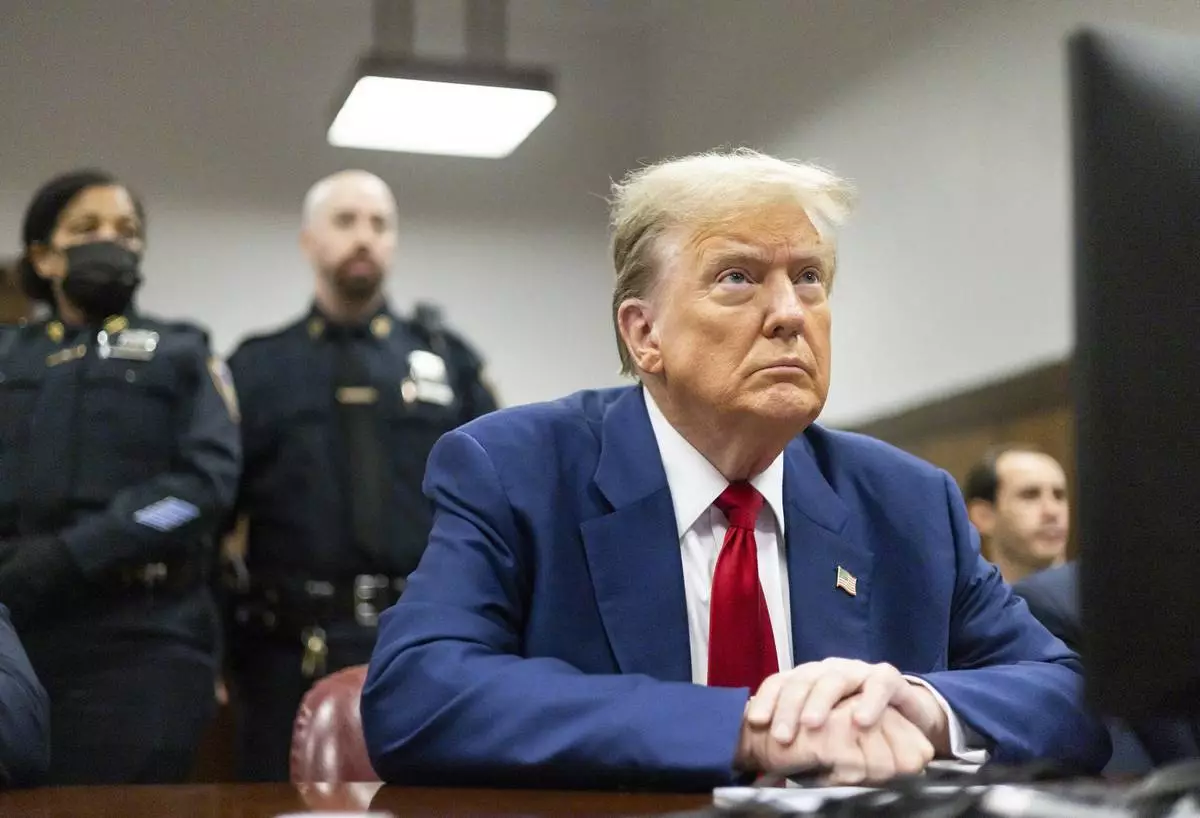
Former President Donald Trump appears at Manhattan criminal court before his trial in New York, Tuesday, April 30, 2024. (Justin Lane/Pool Photo via AP)
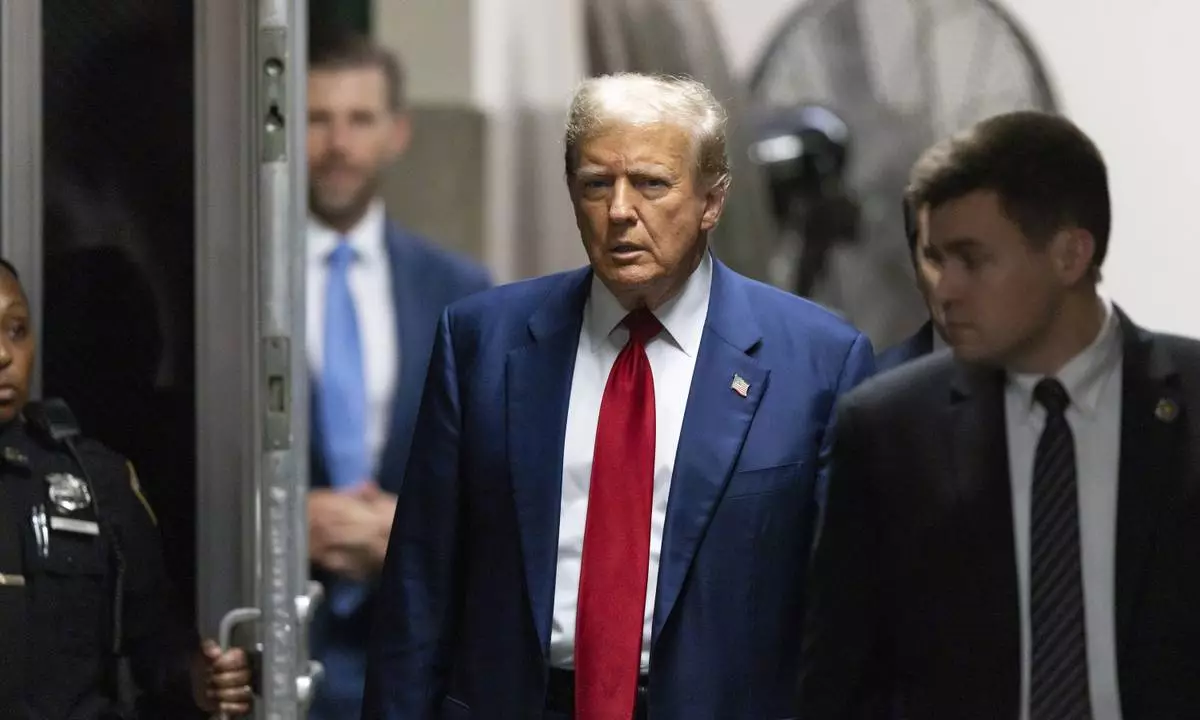
Former President Donald Trump arrives at Manhattan criminal court before his trial in New York, Tuesday, April 30, 2024. (Justin Lane/Pool Photo via AP)
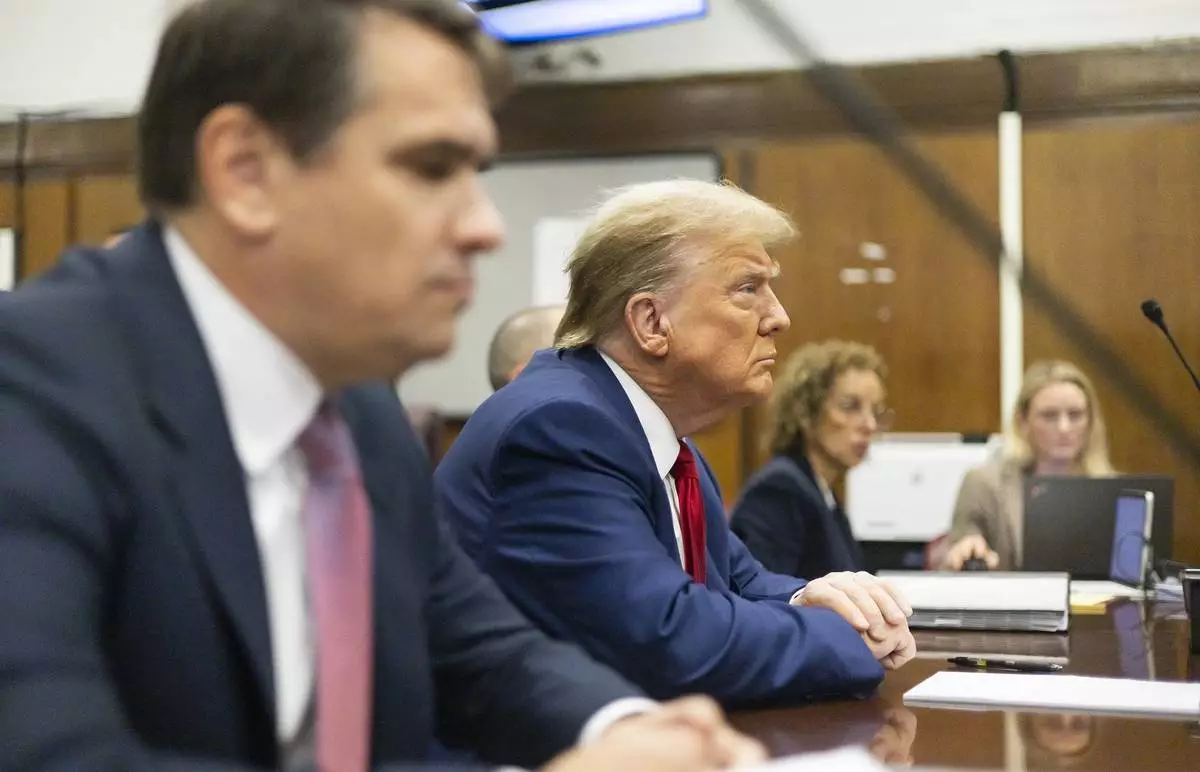
Former President Donald Trump appears at Manhattan criminal court before his trial in New York, Tuesday, April 30, 2024. (Justin Lane/Pool Photo via AP)
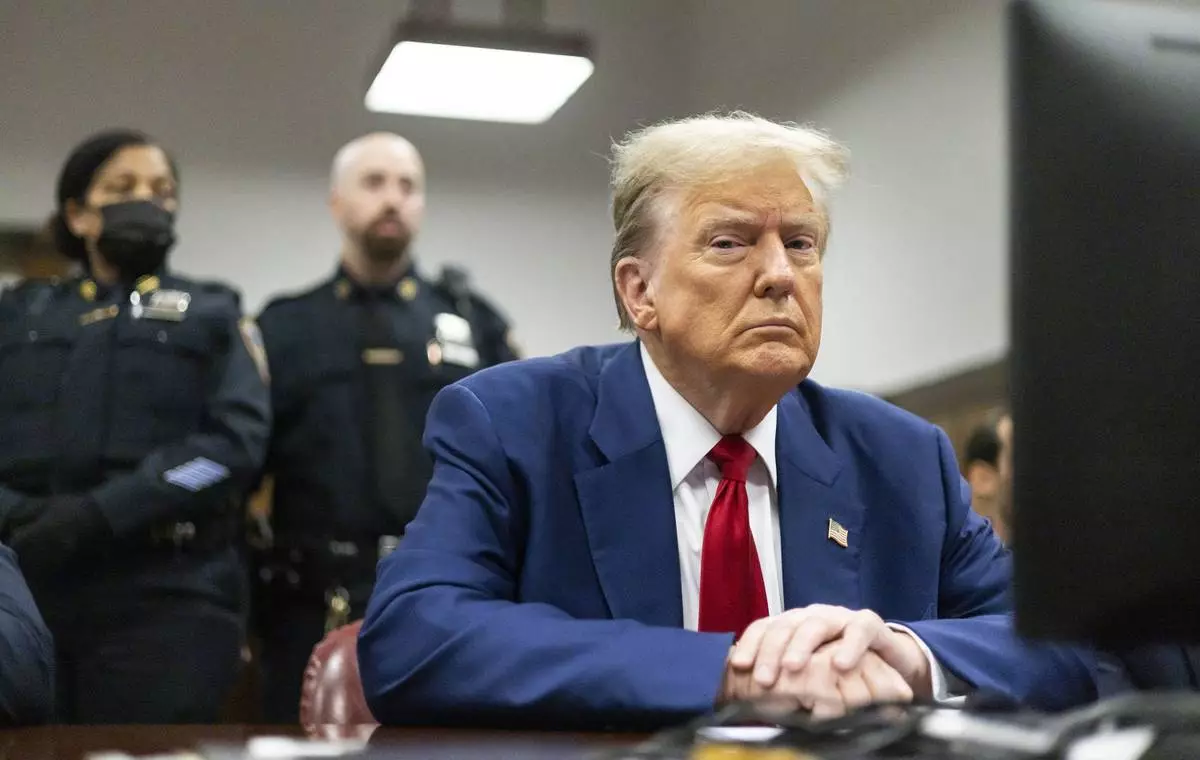
Former President Donald Trump appears at Manhattan criminal court before his trial in New York, Tuesday, April 30, 2024. (Justin Lane/Pool Photo via AP)




